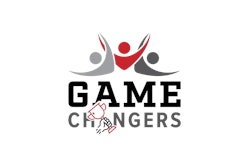
The science fiction writer Octavia Butler once told a student, “There’s no single answer that will solve all of our future problems. There’s no magic bullet. Instead there are thousands of answers — at least. You can be one of them if you choose to be.”
In the four years since I started at Athletic Business, change has been the one constant, and in its wake an inevitable host of problems, challenges and opportunities. We’ve seen tragic events force better awareness and support of athlete mental health. College rec departments are embracing esports in their efforts to boost inclusion, and the NCAA has finally relented and allowed college athletes to profit from their name, image and likeness.
Athletic Business has written extensively in recent months on the topic of hybrid fitness (page 42). It’s one of those amorphous terms coined out of necessity that occasionally emerge in an industry at the confluence of prevailing trends and circumstances — in this case, COVID-19, new technology, and new demands from clients and members. What the term hybrid fitness actually refers to is the culmination of the work facility operators, personal trainers and equipment manufacturers have done to best accommodate new ways for exercisers to get in a good workout whenever and wherever they happen to be.
In other words, the very existence of the term hybrid fitness is an example of how effectively the professionals in this industry have responded to a new set of challenges — each of them resoundingly choosing, in their own way, to be an answer.





































